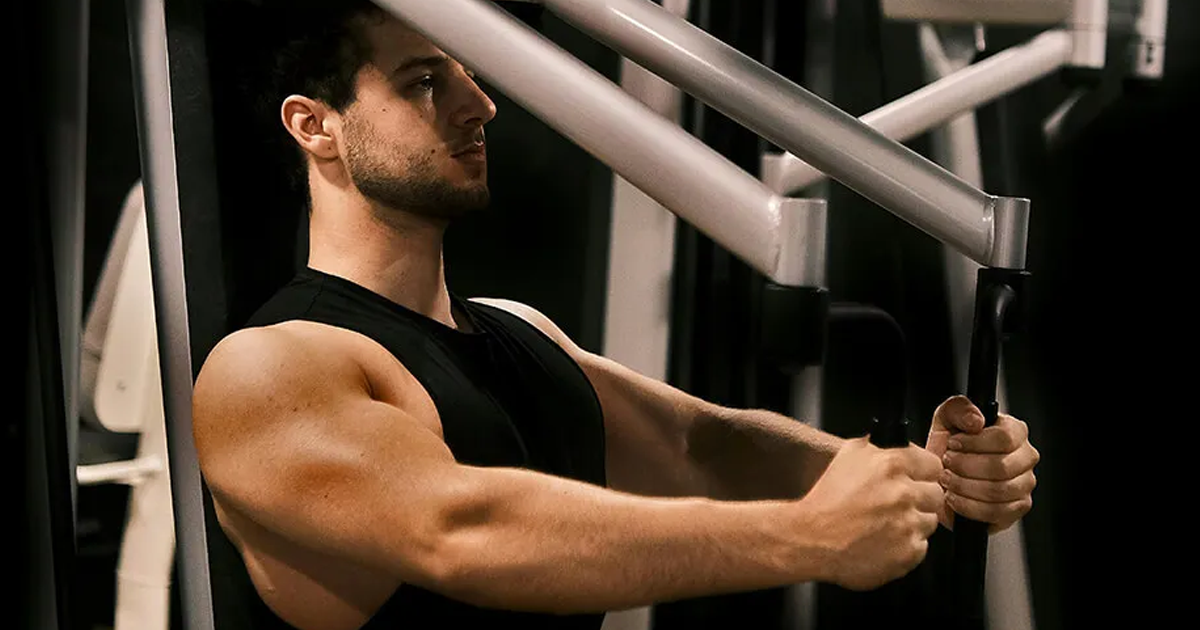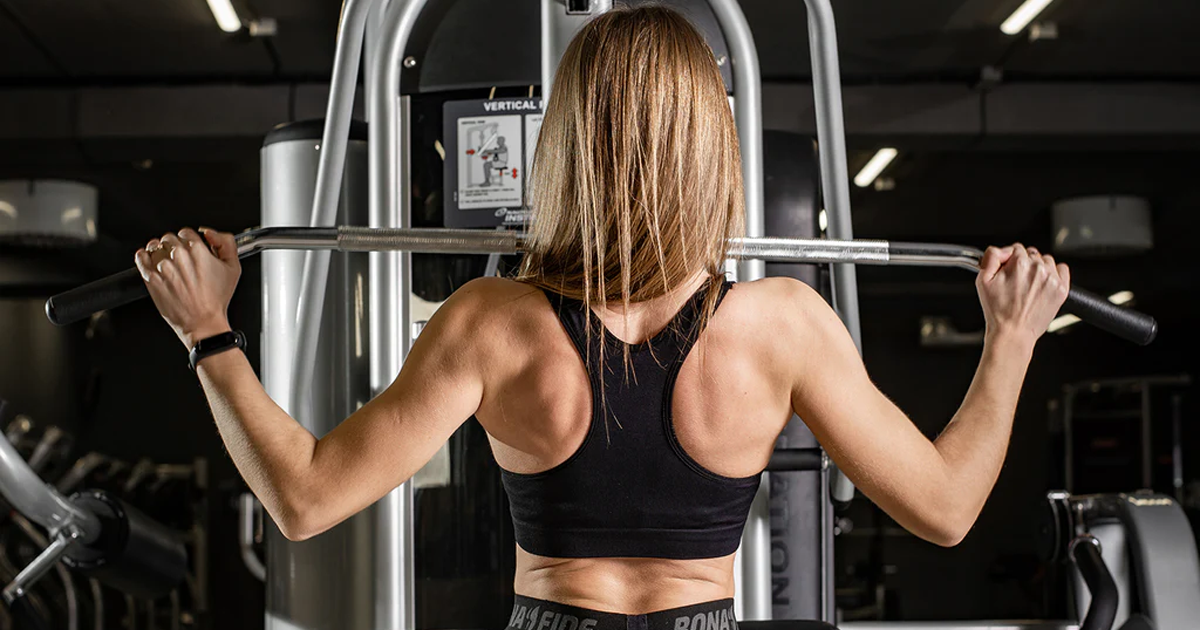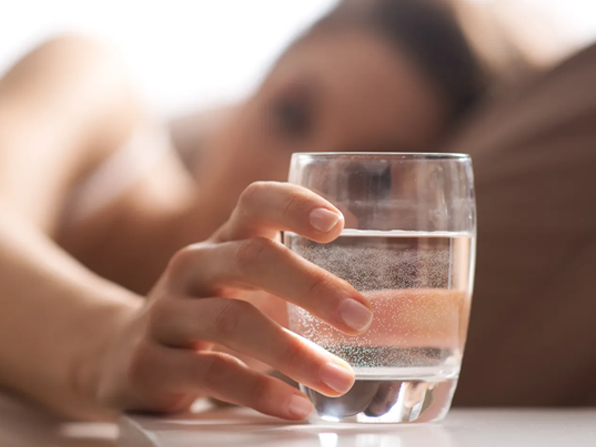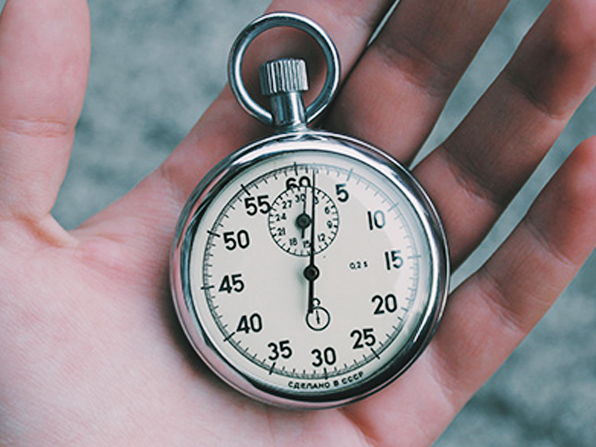
Ever heard of “The Pro Creator”?
That's the nickname of Hany Rambod…the mastermind behind the FST-7 training system and the physiques of some serious heavy hitters in the game.
I'm talking about Mr. Olympia champs like Jay Cutler and Phil Heath.
I've been in the fitness game for a decade, and although Hany came up with the FST-7 workout routine back in the 90s, I was skeptical until a couple of years ago.
I always thought it was only for the pros…maybe you did too.
In this guide, you'll learn what FST-7 is…and then some. By the end, you'll know how to start using the training system to build muscle and minimize the chances of injury.
Let's get straight into it.
Introduction to the FST-7 Workout
FST-7 is a high-intensity training principle created to push you to the limit. It encourages muscle growth by stretching connective tissue surrounding muscles (fascia). That's why it's called Fascia Stretch Training (FST).
I know it may sound a bit complicated, but don't worry…you'll get it.
How Does the FST-7 Program Work?
The fascia stretch training principle involves performing seven sets of the final exercise for a specific muscle group, with the aim of achieving muscle hypertrophy. You target the fascial layer just below the skin, stretching the muscle internally by increasing its volume.
The seven sets stretch the fascial layer of the muscle to its maximum potential for optimal growth. The simplest way I can explain it is that:
You get the biggest pump possible…to get the most out of your workout.

The FST-7 is a Two-Tiered Training System
When I started exploring the FST-7 program in 2021, I read an interview with “The Pro Creator,” in which he explained the two principles of his training system.
The stronger your muscle, the larger it is. In other words, he says that it’s necessary to maintain a certain minimal strength level. The high-volume sets (not reps) you do as a final exercise expand the fascia further and pump nutrient-rich blood into the muscle tissues.
FST-7 is a flexible, high-intensity training technique you can use to achieve multiple fitness goals.
In fact, Hany Rambod trains professional bodybuilders with it in both bulking and cutting phases. For me personally…it's a great way to maintain a shredded body year-round.
So, Can Beginners Do FST-7?
Yes, beginners can train with the FST-7 program, but it's important to approach it with caution. For those new to the gym, I'd recommend building a solid foundation with basic exercises before diving into the full FST-7 system.
Let's talk more about that.
Performing FST-7 Workout Routine as a Beginner
When I started with FST-7, I wanted to focus on my legs. Initially, I did leg extensions, as they are an isolation exercise. Once I advanced, I began performing FST-7 on primal movements, consisting of compound exercises like squats.
As Hany Rambod wrote for SimplyShredded:
“Squats, deadlifts, or other big compound free-weight movements involve several other muscle groups. Thus, they don’t do a good job isolating a target muscle.”
“Such exercises also use ancillary muscles and require technique and balancing, which tend to break down if one attempts to perform multiple sets in a short time.”
He emphasized that machines are better for isolating a given muscle. I think machines are also the best choice for beginners to avoid injuries.
Good Fascia Stretch Training Exercises for Beginners
Obviously, you can add a variety of exercises to your FST-7 workout routine for a target body part. Here are some examples that worked well for me and the folks I train.
 Back
Back
» Lat pulldowns
» Seated cable rows
» Cable pullovers
Chest
» Machine chest press
» Pec deck flyes
» Cable crossovers
Shoulders
» Machine shoulder press
» Cable lateral raises
» Machine rear delt flyes
Biceps
» Machine preacher curls
» Cable curls
» Low pulley curls
Triceps
» Machine tricep extensions
» Cable pushdowns
» Overhead cable extensions
Legs
» Leg curls, press, extensions
» Hack squats
» Seated calf raises
» Standing machine calf raises
Your genetic predisposition is a major factor in the success of any strength training program, and FST-7 is no exception. I mean that it will take longer for people with thicker fascia to build muscle mass compared to those with naturally thinner fascia.
Still, I highly recommend it to anyone looking to take a new approach to their workout routine. Just be careful not to overreach or overtrain.
Nutrition Tips for FST-7 Program
Now that you have a good idea of what FST-7 is and the exercises you can start with…let's talk about fueling the fascia. Of course, I'll give you nutrition tips based on what I do, suitable for ordinary fitness enthusiasts rather than guys training for Mr. Olympia titles.
Pre-Workout
About 1-2 hours before I hit the gym, I go for a combo of complex carbs and lean protein. My favorites are chicken breast with brown rice or seared salmon with sweet potatoes. Both taste pretty good and give me steady energy throughout the fascial stretch training.
As for pre-workout supplements, my usual choices are from BELDT Labs…not just because I partnered with them but because their products are safe and effective.
I like to change them periodically…otherwise, my body gets used to it. Typically, I'd take their premium nitric oxide load VASST for a month and then switch to REBAAR, which contains essential amino acids.
Drinking about 16-20 oz of water in the hour leading up to my workout is also a must.
During Workout
You'll be sweating buckets, so you gotta keep that hydration up. I always have a big water bottle and sometimes get a sugar-free electrolyte drink instead.
Post-Workout
I eat fast-digesting protein and carbs within 30 minutes after my FST-7 workout. A protein shake with a banana is my go-to most of the time. It kick-starts the recovery and helps with that pump. For a post-workout meal (about 1-2 hours later), I load up on lean protein and complex carbs again.
Throughout the Day
I keep my protein intake high and don't skimp on carbs…they are fueling those intense FST-7 sessions. To keep my fascia hydrated and support recovery, I drink at least a gallon of water.
A Few More FST-7 Related Questions You May Have
I'll wrap it up by answering a couple of common questions I get asked when introducing someone to the fascia stretch training program.
Is FST-7 Good Only for Muscle Growth?
No, FST-7 is not solely for muscle growth. This high-intensity training technique also enhances muscle definition and overall strength by targeting the fascia, ensuring better blood flow and nutrient delivery. Additionally, it can be tailored to support both bulking and cutting phases, making it versatile for various fitness goals.
How Often Should You Do FST-7?
For optimal results, incorporate FST-7 into your routine 1-2 times per week per muscle group. Ensure you have adequate recovery time between sessions to prevent overtraining. Adjust the frequency based on your fitness level and overall training goals.
How Long to Rest in FST-7?
In FST-7, rest periods between sets should be kept short, typically around 30 to 45 seconds. This limited rest helps maintain the intensity and ensures continuous blood flow to the target muscle. You can adjust rest times based on your recovery ability, but it shouldn't be longer than 60 seconds for optimal results.



